Tea Evoked Memories
I recently read an article about a tea specialist and her new tea franchise in an airline magazine. While these kind of articles are a dime-a-dozen nowadays, there was one comment from the tea-master that jumped out of the page at me:
“Every cup of tea evokes a memory, a feeling, a connection to something from your past.”
I couldn’t help but think just how true this statement was, as I reflected on my favorite types of tea and how they are linked to a particular moment in my past:
Genmai-Cha 玄米茶
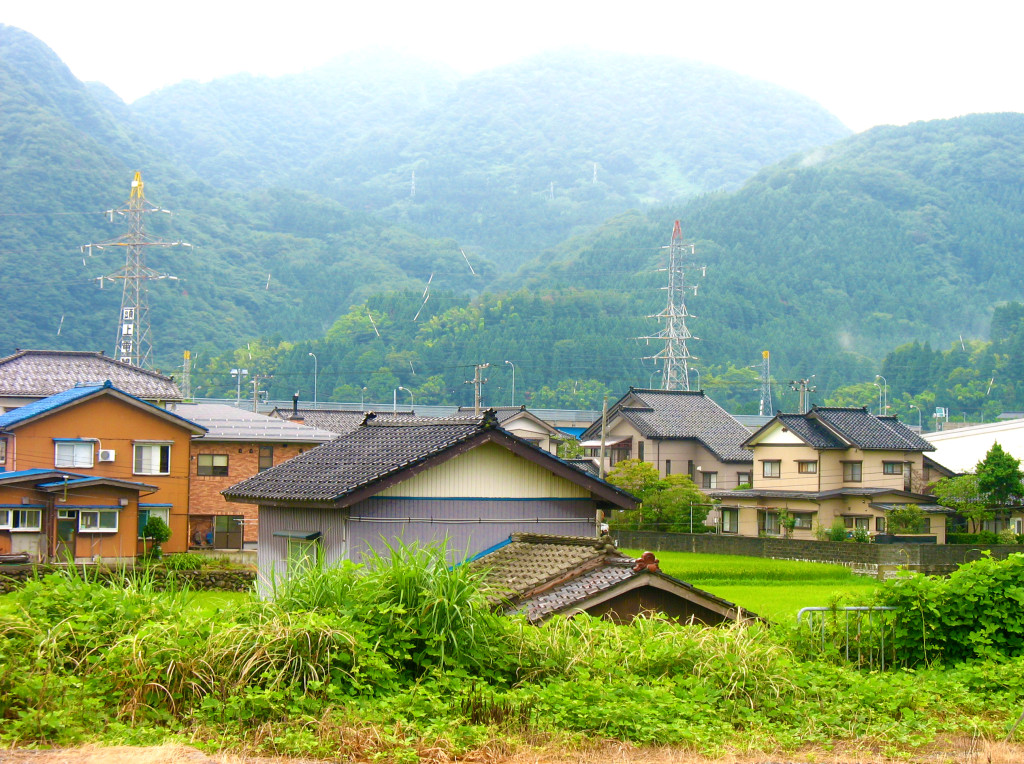
Whenever I drink Genmai-cha, all I can think about is Japan. The flavor is unique and difficult to describe–it’s earthy, but has a flowery and light finishing taste–like buckwheat, hay and dandelions combined. After steeped, the tea turns the water a light yellow color, almost like a chrysanthemum flower. It feels like the working man’s tea, the commoner’s tea, a tea that refreshes in both the summer and winter.
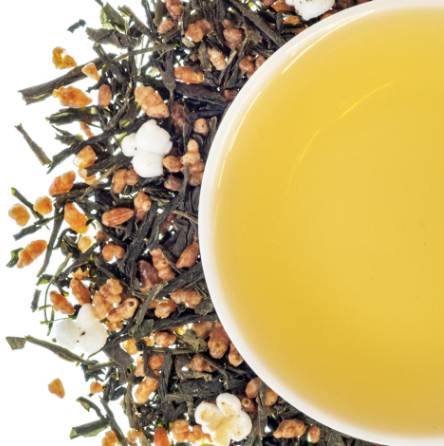
I had just arrived in Japan the day before. My senses were in overdrive as I took in the foreign surroundings. I kneeled on a tatami floor and looked around my host-grandparent’s old, wooden home: paper sliding doors (shoji) opened up to a Japanese garden outside. A wind-chime sang in the breeze. The humidity was oppressive, and I could feel sweat rolling down my neck. The grandma turned on a nearby fan that whizzed back and forth in an effort to cool the room. My host grandma and grandpa sat across from me and smiled, speaking quickly and fluently, forgetting that I wasn’t Japanese. My head was dizzy with culture shock and language comprehension, but I did my best and did what any guest would do: nod and smile.
Like a Japanese person, I picked up the small Japanese tea cup from the saucer with both hands, blew on it softly and sipped it gently without noise. I had green and black tea in America–but I immediately knew this tea was something else.
“What name is this tea?” I asked in broken Japanese.
The grandma giggled, “genmai-cha. Do you like it? Hold on.”
She stood up, ran to the kitchen and returned with a pouch of tea for me. I insisted it was unnecessary to give me a bag of tea, but she shoved the tea pouch in my hand with a smile.
Pu-Er Cha 普洱茶
Pu-Er Cha is a high-end tea grown exclusively in China’s Yunnan region. Although it’s somewhat easy to find low-quality pu-er tea in the states, wheels of high-grade pu-er tea are only available in China and sell for hundreds of dollars. Among all teas, pu-er is extremely unique in taste and almost resembles coffee in its bitterness and color. When I crumble pu-er tea in my hands, I feel like I’m crumbling soil of the Earth. It smells like trees, soil, dirt. It’s an Earthy tea with a rich, bitter flavor.
I had a sanctuary in Shanghai, and it was a teahouse called Da Ke Tang. The building is from the roaring 20s of Shanghai’s heyday and is a mix of French architecture with Chinese decorations. The teahouse is incredibly high-end, with a chandelier in the reception room and the sitting room itself covered in gold mirrors and finely crafted wooden tables. Old Shanghai jazz music plays here, and women in qipaos (slim Chinese dresses) stand at the bar mixing and serving tea.
Booths lined the floor-to-ceiling windows that opened out into the teahouse’s gardens. After being seated, the qipao server would place nuts, an ashtray and a menu for the customers. Although the menu was 10 pages long, there was only one item served:
Pu-er.
Even writing this hurts, cause I miss that damn place so much. My Shanghai friends and I would simply sit, drink pu-er, and talk for hours. There were times we would sit in silence, hold our teacups, and stare around the room in amazement. It was a place that could only be in Shanghai–a memory I could only make in that city. I sometimes spent $30 on high-end pu-er there, but it was worth it. The server would add pot after pot of water and we would talk the hours away until our tea became too diluted to continue.
Oolong Tea 乌龙茶
I think we all know what Oolong tea tastes like. To me, it’s the quintessential tea of Asia. No matter where you go in Asia, it’s fairly easy to find a cup of Oolong somewhere, somehow.
I often drank Oolong tea in Japan, and it tasted just as it looked: slightly bitter with a strong barley taste. I wasn’t a huge fan of the tea in Japan (I much preferred Genmai-Cha), but in China that changed. For some reason, Oolong tasted different no matter where I went in China–although the smell stayed the same.
After my former roommate booted me out of her apartment because I failed to find her a white husband, I had fully moved into what I deem the best apartment I ever had the rare luck of living in. I invited Z and Jenny, my new coworkers, to look at the apartment and decided to get dinner.
We had dinner at a Cantonese restaurant only a few feet away from my new apartment. Jenny squealed in delight when she saw that they had gong-fu-cha (kung fu tea).
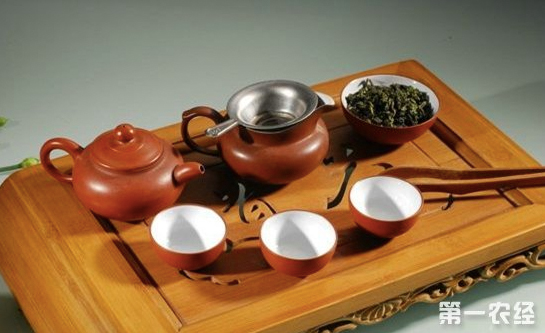
“That’s like… a real thing?” I questioned with a raised eyebrow. “I thought it was only made for those cheesy Hong Kong kung fu flicks.”
“Of course it is!” she laughed. “It’s quite a show. Do you want to order it?”
The server came out with a tray that held three extremely small cups of tea (no larger than my thumb) and a matching clay teapot. As soon as he set the tray down, he began to flip the teapot around his hand, flip the tea cups up and down below at lightning speed—and all while pouring tea. I wouldn’t call it an amazing show; but rather, a waste of perfectly good tea (he literally spilled it everywhere).
“The tea spilled everywhere!” I exclaimed. “What a waste!”
Z laughed, “that’s how we pour tea in China, Mary. It goes all over the place.”
With the smell of oolong all around us, I took one of those tiny teacups and took a shot. “Well, douse me with another shot of Oolong!”
Irish & English Breakfast
I was never a fan of English Breakfast tea. It’s too bitter, and putting milk and sugar in my tea weirded me out (call me an Asian tea traditionalist).
Yet when I went to Ireland, I drank the stuff like crazy. Every morning our bed and breakfast hostess would ask if we wanted coffee or tea, and I would copy the locals and order tea. There was something satisfying and comfortable about drinking a cup of slightly sweetened Irish Breakfast tea on a cold and crisp Irish morning. The locals often served us ‘Barry’s Irish Tea’ and, as a result, I bought a few boxes to take home to America.
Now when I’m home and brew a cup of Barry’s, I add some sugar and cream and take a deep breath of the tea’s rich, black aroma. When I close my eyes I instantly recall the rolling hills of Ireland and those peaceful Irish mornings.
What kind of memories do tea evoke for you?
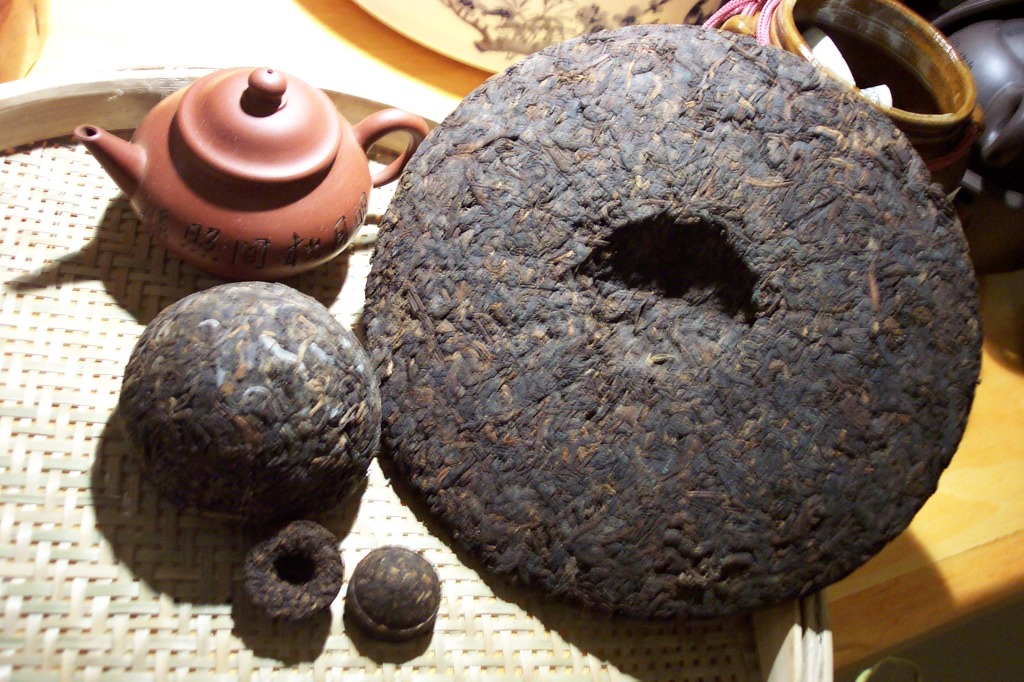
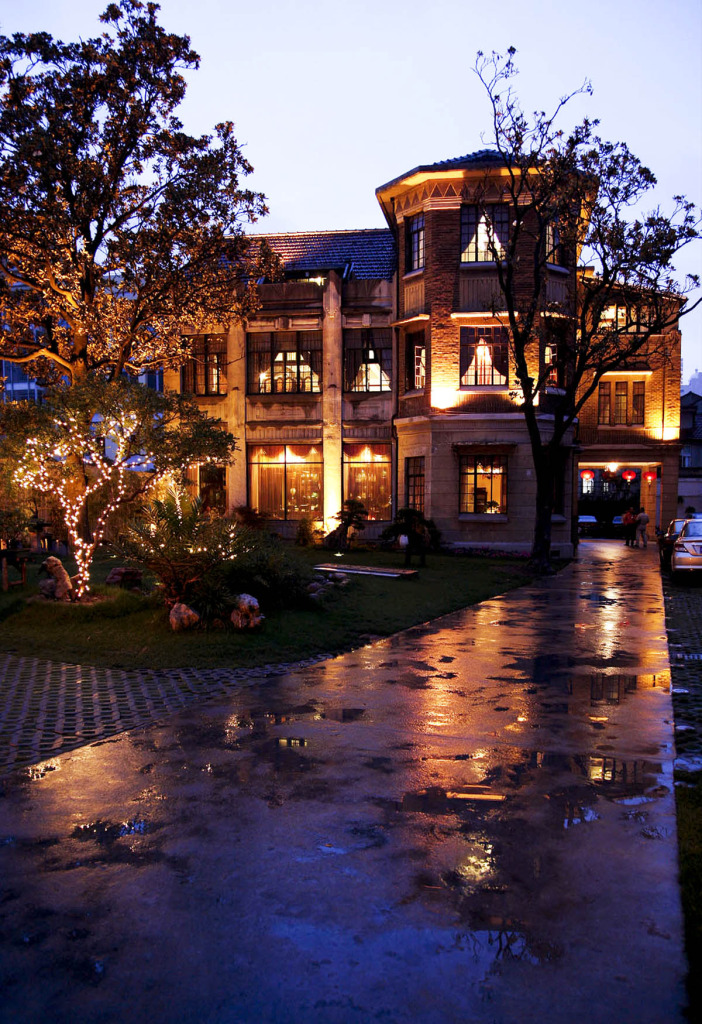
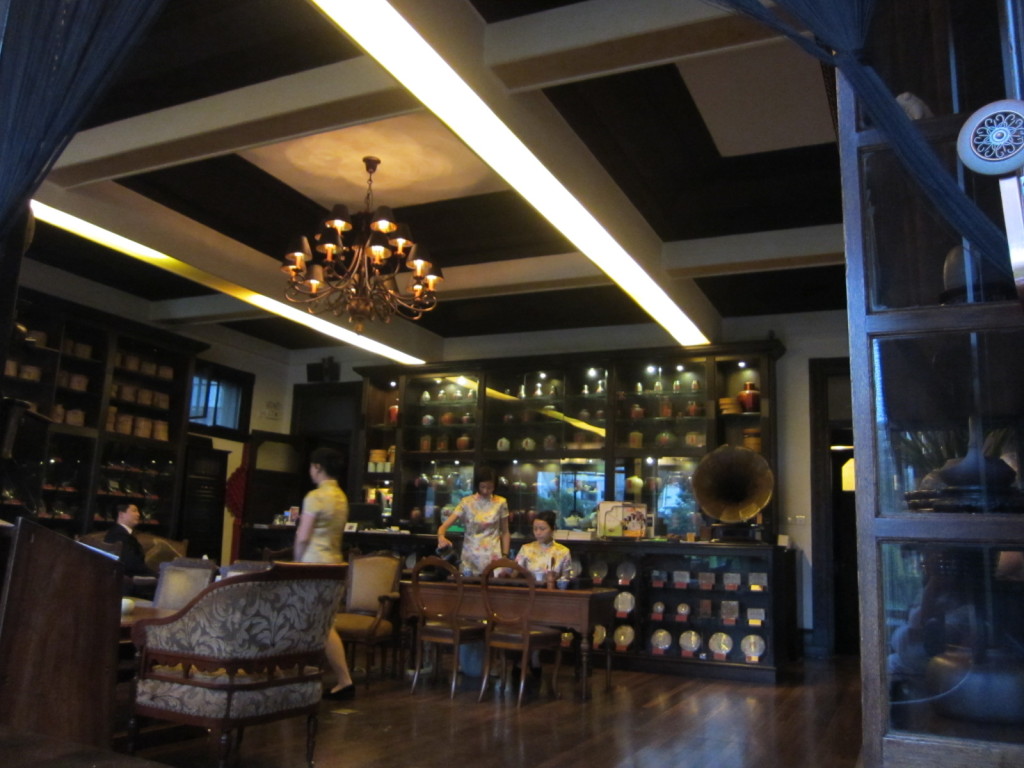
7 thoughts on “Tea Evoked Memories”
I’m a sucker for Harrod’s #42, Earl Grey, loose leaf. My international sales boss got some as a gift. She had no interest and offered it to me. That tea was amazing (probably because I’d only had crappy bagged tea until then). When I went to London a few years ago, I made the pilgrimage and bought enough to last me a year.
And then there’s foo cha, the tea my husband made me when I was sick. It’s hideous. You get well in self-defense, just so you never have to drink it again.
Oh man I’ve never had Harrod’s #42, Earl Grey (or any other Harrods). Do you drink it with milk and sugar, or black?
Omg I was forced to drink Foo Cha too. YUCK! Haha!
Just a little sugar and a little milk.
*high fives fellow foo cha survivor*
Tea was something that I definitely got to know once I left America. Before that it was ice tea and then sweet tea. Sure, we had hot tea at Chinese restaurants, but we were not big tea drinkers at home.
My BF (who you might remember lived in China) talks about how teas were given as gifts, so he had accumulated a lot of tea. But because he was around a bunch of Aussies, he, I think, got into the habit of drinking milk tea. He’s really into it, like we’re working on cutting it down for him, kind of into it. But I understand because it’s quite tasty.
We enjoyed really great milk tea in Malaysia, btw.
One of my friends here grows tea, so when we visited his farm/house, he did one of these tea ceremonies that was quite elaborate. Took forever it seemed! Hahahhaa.
But there’s a famous tea plantation in the North here that I went to ages ago. But I’m not going to pretend to be a tea expert at all! I like peppermint tea best and after than green tea. Not so much a fan of fruit teas. But I like that the rest of the world is into it…thanks for the memories Mary!
Yeah tea is definitely not an American thing (wonder why?). But living in Asia man, you get tea even if you don’t want it.
Ah yeah milk tea is kind of similar to English Breakfast… it’s just an uber sweetened version of it, right? Haha I wonder if that’s an Aussie thing? Do you like milk tea?
I would love to see tea plantation! I’ve actually never been, despite loving tea. I bet there are all sorts of tea that are unique to Thailand.
I do enjoy a good cup of Peppermint… it’s a good night cap tea. I actually drink that and fruity teas (like hibiscus) more in the states, because I like having tea before bed.
You’re welcome Lani–thanks for the comments!
I do like milk tea. It’s an acquired taste, but I don’t drink it as much as the BF who doses daily. I’d rather have a Thai tea which is pretty much the same thing, but with condensed milk and enough sugar to set off diabetes.
😛
I love how the different teas evoke memories of different places for you. Tea making and drinking is a reflective moment for me and I also enjoy how each type of tea creates various moods or fits different seasons.